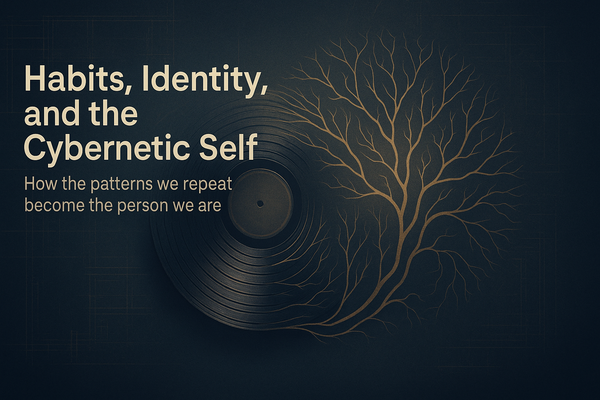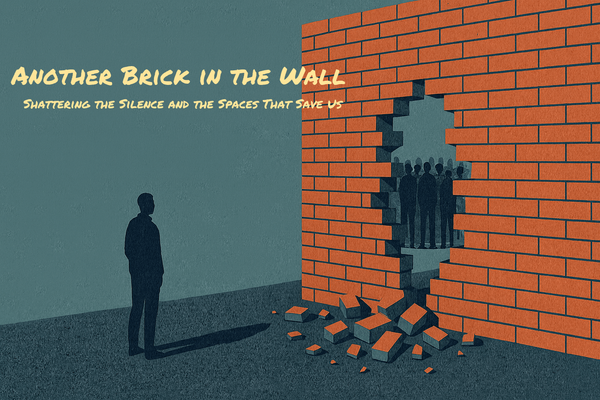Simple ≠ Easy
We confuse easy (familiar, low effort) with simple (few moving parts). This creates complexity debt that compounds. True simplicity requires ruthless subtraction.

I was recently reading this book called "The Science of Scaling" and they mentioned this TED talk by a programmer named Rich Hickey called "Simple Made Easy." I thought, I need to check that out.
His work led me to writing this article.
I've always been a proponent of simplicity, but Hickey takes it way further. He's not talking about "keep things simple when possible." He's talking about ruthless elimination, the ONE THING mentality taken to its extreme.
Here's what got me: Hickey makes this distinction between "easy" and "simple" that goes deeper than most of us think. Easy means near at hand, familiar, low effort right now. Simple means one fold, not complex, few moving parts that can break.
Most of what we call simple is actually just easy. And that confusion is systematically destroying our ability to scale anything effectively.
So naturally, this made me question everything. If we're missing something this fundamental about a concept we think we understand, what else are we getting wrong?
Easy vs Simple in Daily Work
It's led me to consider this concept in our work and life.
Easy is debt. Simplicity is equity.
Gary Keller and Jay Papasan put it this way: "The prescription for extraordinary results is knowing what matters to you and taking daily doses of actions in alignment with it." The ONE THING mentality isn't about being minimalist for style points. It's about recognizing that every additional component creates exponential complexity through interconnections. Two systems have one relationship. Three systems have three relationships. Four systems have six relationships. The math gets brutal fast.
So the question we should ask isn't "Can we manage this complexity?" It's "Why are we creating complexity when we don't have to?"
Why Leaders Add Instead of Subtract
This hits hard when we think about how we lead our teams. Every time a problem emerges, our instinct is to add something. New problem? New role. Communication breakdown? More meetings. Slow decisions? Approval processes.
Each addition feels necessary in the moment. It's the easy response to immediate pain. But we're building an interconnected web that starts to strangle our ability to move fast.
We see teams with seventeen different recurring meetings on their calendar. Each one had been added to solve a specific communication problem, but together they've created a bigger problem: no time left to do the work we're meeting about.
As leaders, our real job isn't to add. It's to untangle.
This insight from Hickey fundamentally changes how we can approach leadership challenges. Instead of asking what to add, we ask: What can we remove? What can we simplify? What's the one thing that, if we did it well, would make ten other things unnecessary?
The best leaders are constantly subtracting. They understand that every new process, every additional layer, every helpful tool creates dependencies that will eventually require more management, more maintenance, and more complexity to resolve conflicts.
Short Term Easy vs Long Term Simple
Here's where this gets dangerous: easy solutions feel like progress because they provide immediate relief. We become that stressed executive filling our calendar with back to back meetings, feeling productive while creating a complex system that prevents the deep thinking our role actually requires.
The simple approach would be blocking time for uninterrupted work and saying no to everything else. Harder in the moment, simpler in the long run.
Keller and Papasan frame this perfectly with their focusing question: "What's the ONE Thing I can do such that by doing it everything else will be easier or unnecessary?"
Simplicity isn't about doing less. It's about removing everything that isn't essential so you can do what matters with full intensity.
Clarity Through Radical Simplification
What "The Science of Scaling" and Hickey's talk teach us is that simple systems create clarity dividends. When your systems are simple, you can see problems clearly, make decisions faster, and adapt without breaking everything else.
Think about goal setting. Instead of quarterly OKRs with multiple sub objectives and key results, what if we identified one primary metric that mattered most and aligned everyone around moving that number? Decision making becomes instant: does this action directly impact our primary metric? If yes, we do it. If no, we don't.
When you remove everything except the essential, energy flows toward results instead of getting trapped in maintenance.
What This Could Look Like
Reading that book and watching Hickey's talk creates a fundamental shift in how we think. We can become obsessed with subtraction instead of addition. Every time we feel the urge to add a new process, tool, or solution, we can ask: What can we remove? What's the simplest possible approach? What's the one thing that matters most here?
We might start with our own lives. Maybe eliminating most of the apps on our phones, canceling subscriptions we're not actively using, saying no to commitments that don't directly serve our core priorities. What would it look like if our calendars went from packed to intentional?
Then we could apply this to our teams. What if we eliminated most of those recurring meetings? What if we consolidated our communication tools? What if we stopped measuring vanity metrics and focused on just the numbers that actually predict success?
There's this Russian proverb that opens "The One Thing": "If you chase two rabbits you will not catch either one." Most of us are chasing way too many rabbits.
Simple Scales, Easy Breaks
Here's what becomes possible when we embrace true simplicity: in a world obsessed with easy solutions, leaders who ruthlessly subtract will have an insurmountable advantage.
Imagine committing to subtraction instead of addition for the next 30 days. Picture your calendar, task lists, and systems stripped down to only what drives real outcomes. What if 90% of your energy flowed toward results instead of getting trapped maintaining complexity?
This isn't about minimalism for style points. It's about clarity of purpose and maximum energy directed toward what matters most. It's about building organizations that move fast because they're not weighed down by the accumulated complexity of a thousand "easy" decisions.
As Keller puts it: "The ONE Thing sits at the heart of success and is the starting point for achieving extraordinary results."
Choose simplicity - as few moving parts as possible, not just easy. Your future self will thank you.




